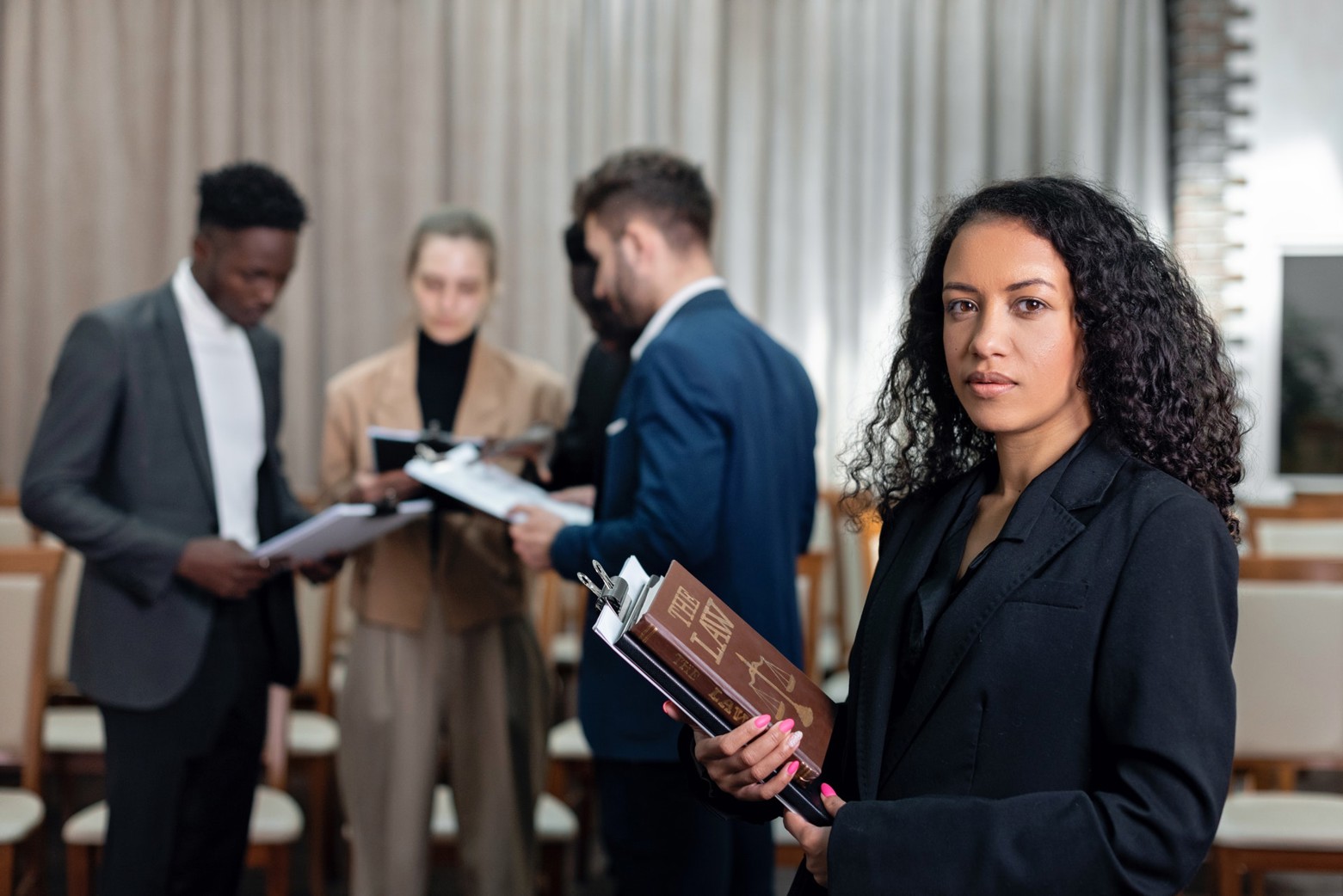The 6 Conference Organizing Committee Roles and Tasks
An active, committed organizing committee is at the core of every successful academic conference.
Members of the committee act as ambassadors of the event, establishing agendas and timelines, and completing the call for papers and peer review process. They also make sure the location is appropriate and properly set up, coordinate with vendors, recruit participants, market the conference, and ensure all is executed according to plan.
Recruiting and securing committee members is one of the very first things you should do when planning a conference. It is important that committee members feel empowered to make the important choices about where, when and how the event will be executed. To accomplish this, committee members should be assigned clear roles and responsibilities before any major planning decisions are made.
The size of a conference planning committee can vary significantly depending on the type of event. A small, simple academic conference can usually be organized by a small committee of 2-3 people who can often cover more than one of the standard organizing committee roles, while larger conferences often involve a larger group who are each responsible for a single role.
It is important that your organizing committee represents the diversity that exists in your field. That means ensuring that the demographics of your committee reflect the genders, races and ethnicities that are prevalent in your field of focus.
What does an organizing committee do?
In short, an organizing committee is a group that makes all major decisions about an academic or scientific conference. They ensure that the event content is well-researched and well-balanced, recruit attendees and presenters that are applicable to the conference focus, and manage the peer review process of event submissions.
Organizing committees are also responsible for:
- Selecting the venue in advance of the event and ensure that it’s properly set up and the registration goes smoothly on event day
- Selecting and coordinating with food, beverage, technology, and decor vendors, and create and maintain the event budget
- Marketing the event by:
- Establishing the branding
- Creating communications materials
- Alerting the media and field about the event
- Managing social media alerts and media releases.

Event committee roles and responsibilities
Most event organizing committees consist of a General Chair, a Program Chair, a Finance Chair, a Publication/Content Chair, a Marketing Chair, and a Local Chair.
For large events, these chairs are often in charge of a sub-committee, each made up of 3-4 volunteers that work on the tasks delegated to them by their chair.
General Chair
The General Chair has the final say on any major decisions related to the conference organization. This is the person who organizes and sets the agenda for committee meetings and assigns tasks to other committee members. The chair is responsible for ensuring that committee members are empowered to take ownership over their areas, and that commitments made by these committee members are being met.
The general chair is often appointed by the host organization or event sponsor and is responsible for recruiting and appointing the other committee chairs, listed below. On a small committee, the General Chair can also be the Marketing or Finance Chair, but the president or leader of the host organization should never act as the General.
Program chair
The content presented at an academic conference is key to its success, and the Program Chair is responsible for ensuring that the work being shared by researchers is legitimate, balanced and well-organized.
They work with the General Chair to coordinate the call for papers and communicate the technical requirements requested by the presenters with the Local Chair, ensuring that these needs are met and working properly. They also set the agenda for the conference, coordinate when each presenter is speaking, and take charge of the peer-review process.
For a large event with over 100 content submissions, the program chair typically delegates a significant amount of the peer review process to their sub-committee members. These sub-committee members are responsible for helping the Program Chair ensure that a thorough, comprehensive peer review process is applied to all conference submissions.
Finance chair
A conference organizing committee must adhere to a budget in order to execute a successful event. The Finance Chair is responsible for working with the General Chair to set the event budget, and allocate areas of the budget to facilitate the resources needed by the other committee chairs.
In some cases, the Finance Chair will have to open and coordinate bank accounts, consider tax requirements, coordinate insurance coverage, track expenses, and produce regular financial status reports.
Publication/content chair
This person is responsible for gathering the publications submitted to be presented at the conference, acting as the point of contact for researchers with questions about the submission and content approval processes.
Marketing chair
The Marketing Chair is responsible for ensuring that the event promotions are accurate, up-to-date, on-brand, and well-executed. They will work with the General Chair to establish a communications and promotions strategy to spread awareness of the conference to authors, delegates, and the wider field is aware of the event. They will also ensure that the conference is presented in a way that showcases subject-matter expertise and attracts the presenters needed for a successful conference.
This strategy will define the marketing activities that will be used to promote the event, including any journal or magazine promotions, digital advertisements, and social media posts announcing and leading up to the event. The marketing chair will also work with the Program Chair to distribute the call for papers and will lead the creative and technical people who are building and updating the event website.
Local chair
This person is responsible for the details associated with the event day. They will define and execute the registration process, ensuring a smooth, organized experience for attendees arriving at the event.
They also interview, evaluate and select venues and vendors who will manage the technical requirements, food and beverages, security, room set-up, entertainment, decor, and more.
Conclusion
While every conference has a unique set of needs, the organizing committee structure described above can help you determine the setup needed to help plan your event and ensure that the requirements are being met quickly and efficiently. The right organizing committee can make all the difference in planning an event that runs smoothly, presents valuable networking and learning opportunities, and is enjoyable to attend. Just because the conference is based on scientific research, doesn’t mean it can’t be fun!


